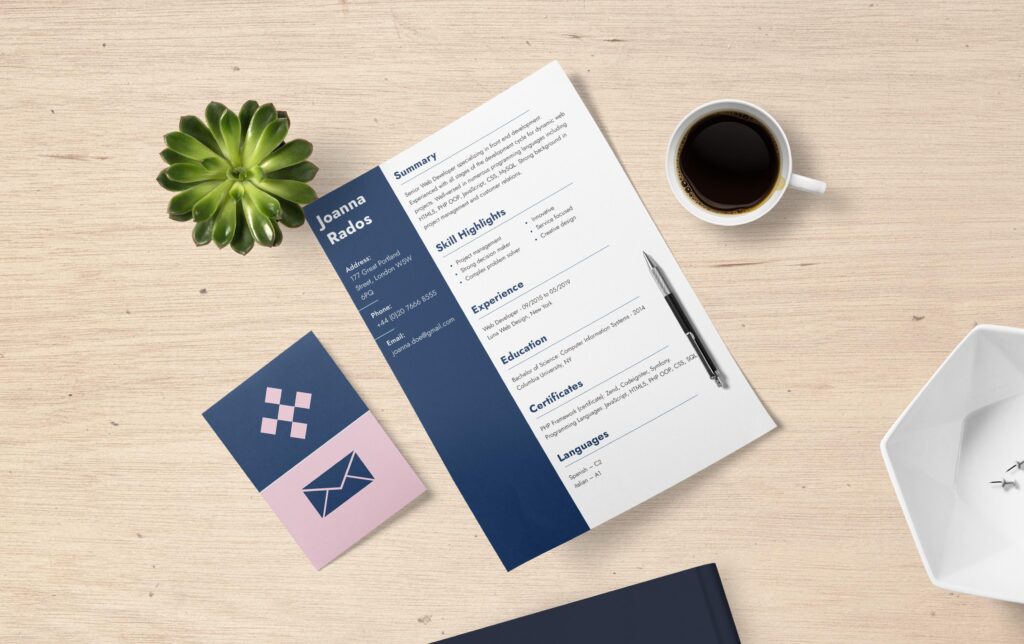Learn how to create a compelling resume for your first job with this How to Make a Resume for Your First Job: A Step-by-Step Guide.
Getting your first job can be both exciting and challenging. One of the most important steps in the process is creating a strong resume, even if you don’t have prior work experience. A well-structured resume helps showcase your skills, education, and potential to employers. Here’s a How to Make a Resume for Your First Job step-by-step guide to help you craft the perfect resume for your first job.
1. Choose the Right Format
There are different resume formats, but for a first job, the best choice is a functional resume or combination resume. These formats focus on skills rather than work experience.
- Functional Resume: Highlights skills and abilities rather than work history.
- Combination Resume: Merges elements of both functional and chronological resumes, focusing on skills and relevant experiences.
2. Add Your Contact Information
At the top of your resume, include:
- Your full name
- Phone number
- Professional email address
- LinkedIn profile (if available)
- City and state (optional)
3. Write a Strong Summary or Objective Statement
Since you don’t have prior job experience, write a compelling objective statement that reflects your enthusiasm and career goals. Example:
Objective: Motivated and detail-oriented high school graduate seeking an entry-level position to develop professional skills and contribute to a dynamic team environment.

4. Highlight Your Education
List your most recent education first. Include:
- Name of your school or institution
- Degree or diploma earned (or expected graduation date)
- Relevant coursework (if applicable)
- GPA (if it’s strong, typically 3.5 or above)
5. Showcase Your Skills
Identify skills that match the job description. Include:
- Hard skills (e.g., Microsoft Office, social media management, data entry)
- Soft skills (e.g., communication, teamwork, problem-solving)
6. Include Volunteer Work, Internships, or Extracurricular Activities
If you don’t have work experience, highlight unpaid experiences that demonstrate your abilities. Examples:
- Volunteering at a local charity
- Leadership roles in school clubs
- Internships or part-time projects
7. Mention Certifications or Training
If you have any relevant certifications, include them. Examples:
- Google Digital Marketing Certificate
- First Aid Certification
- Online courses related to your desired field

8. Add Hobbies and Interests (Optional)
This section can help employers understand your personality. For example:
- Blogging about technology
- Playing team sports (demonstrates teamwork)
- Learning coding (shows technical interest)
9. Format and Proofread
A clean, professional format is key. Keep these in mind:
- Use a clear, readable font (Arial, Calibri, or Times New Roman)
- Keep it to one page
- Use bullet points for easy readability
- Proofread for spelling and grammar mistakes
10. Save and Submit Properly
To maintain formatting, save your resume as a PDF. Name your file professionally, such as John_Doe_Resume.pdf. Submit it according to the employer’s instructions, whether via email or an online job portal.
Conclusion
Creating a resume for your first job may seem challenging, but with the right structure and content, you can make a strong impression. Focus on your skills, education, and relevant experiences to showcase your potential. Good luck with your job search!



